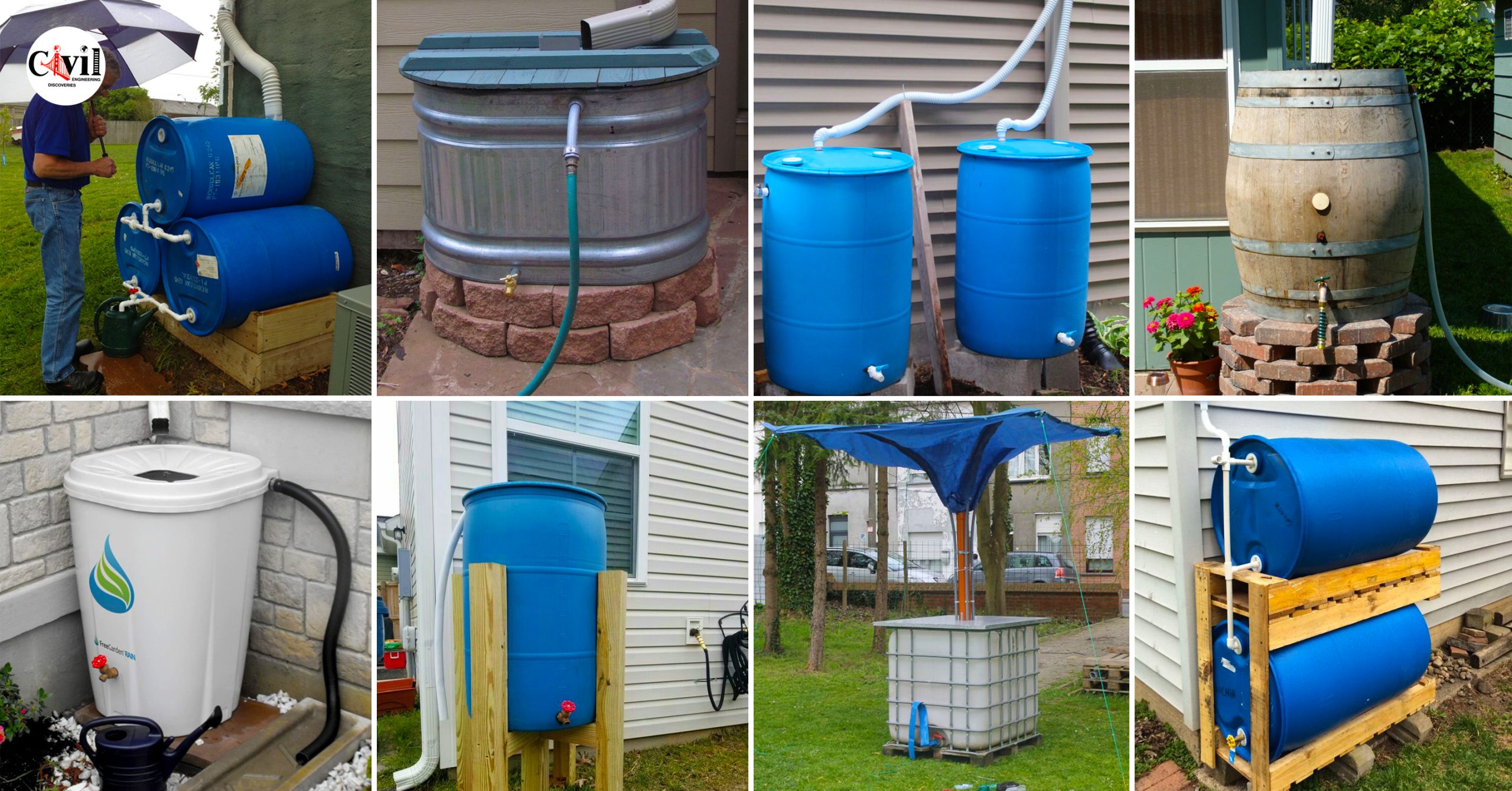Rooftop rainwater harvesting is a process or a technique through which rainwater is collected from the roofs of our houses and stored for reuse, Instead of allowing the rainwater to runoff, be absorbed into the earth, or discharged into drains, streams, and rivers. Rooftop rainwater harvesting is a great technique for collecting and storing rainwater for future use. It is one of the simplest methods to save water and cut your water bills. Rooftop rainwater harvesting is a smart and environmentally friendly choice because of its low maintenance, cost-effectiveness, and easy operating features.
Click Here To See Understanding Your House’s Plumbing Systems – All You Need To Know!

















































